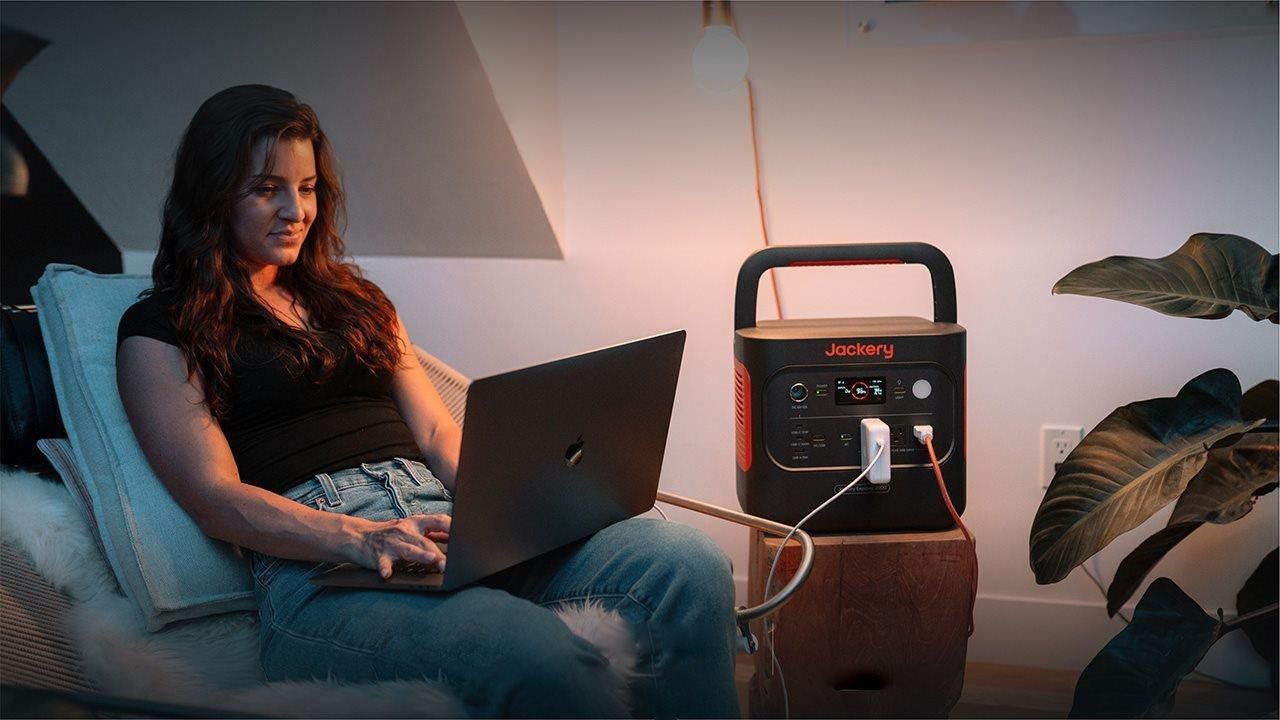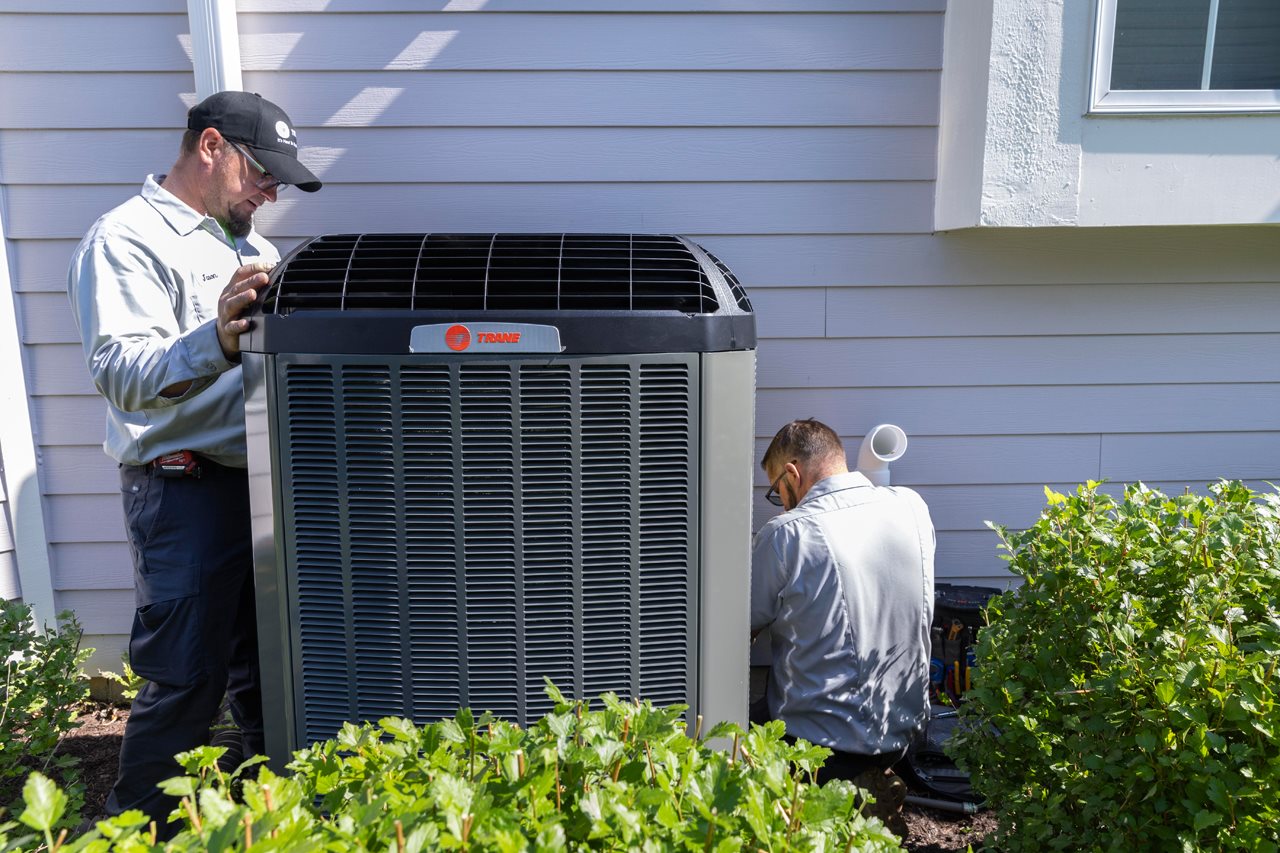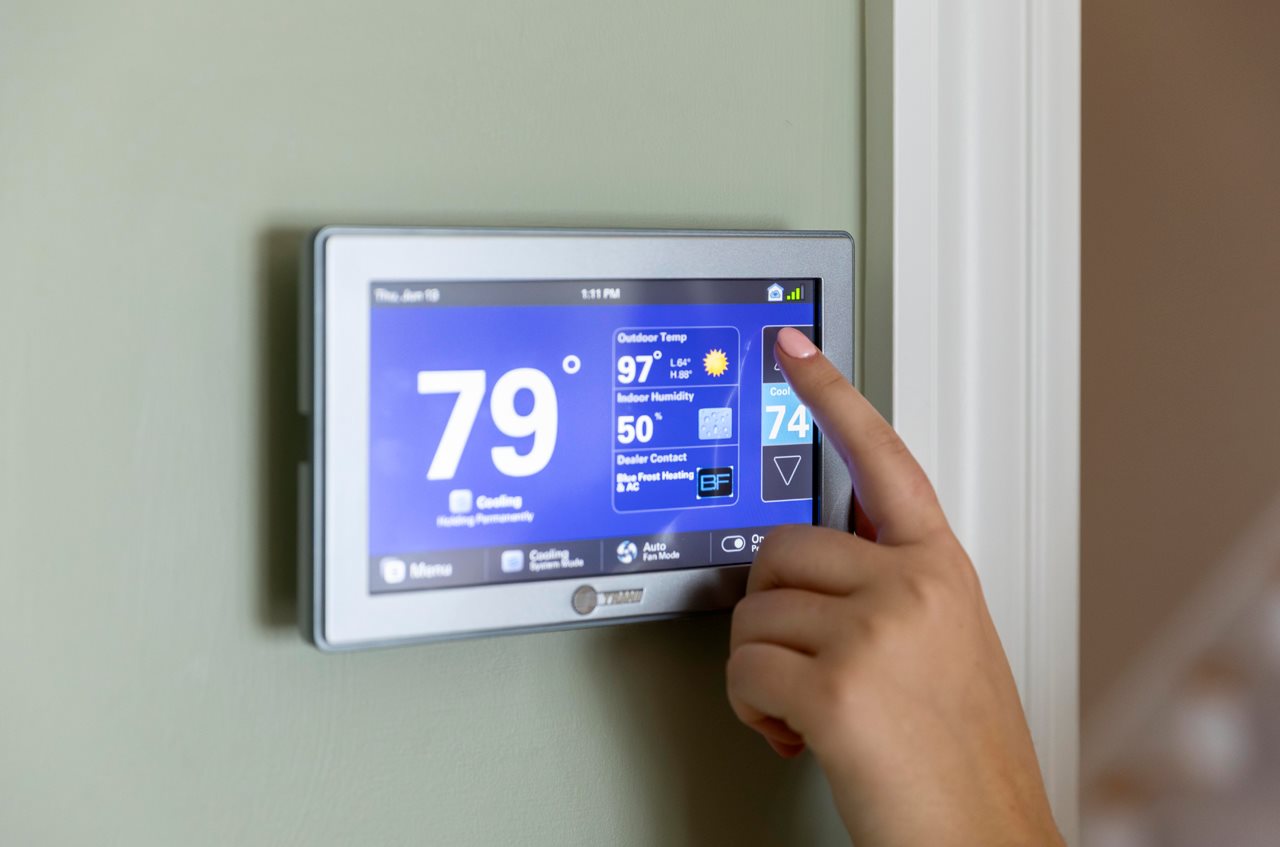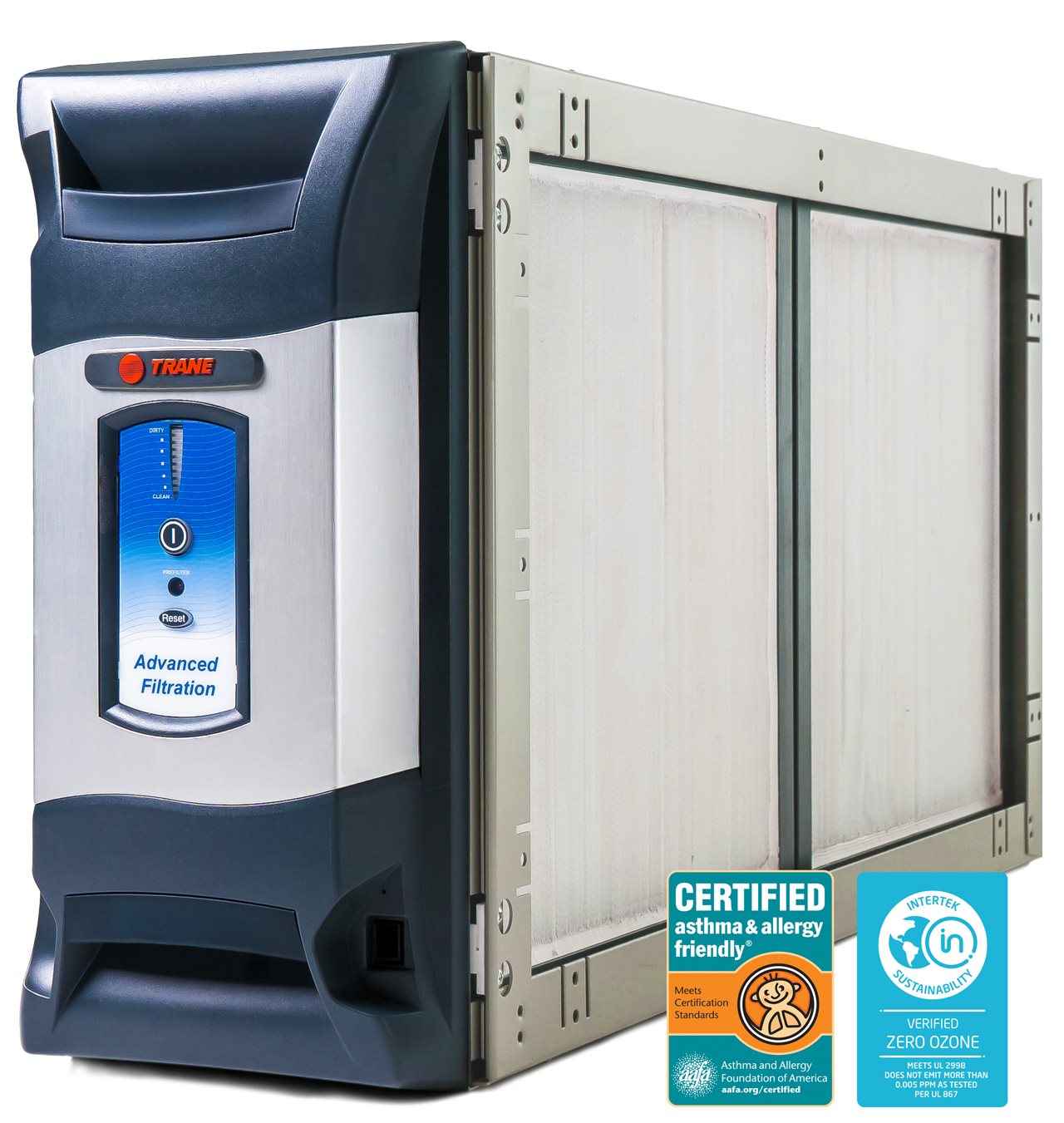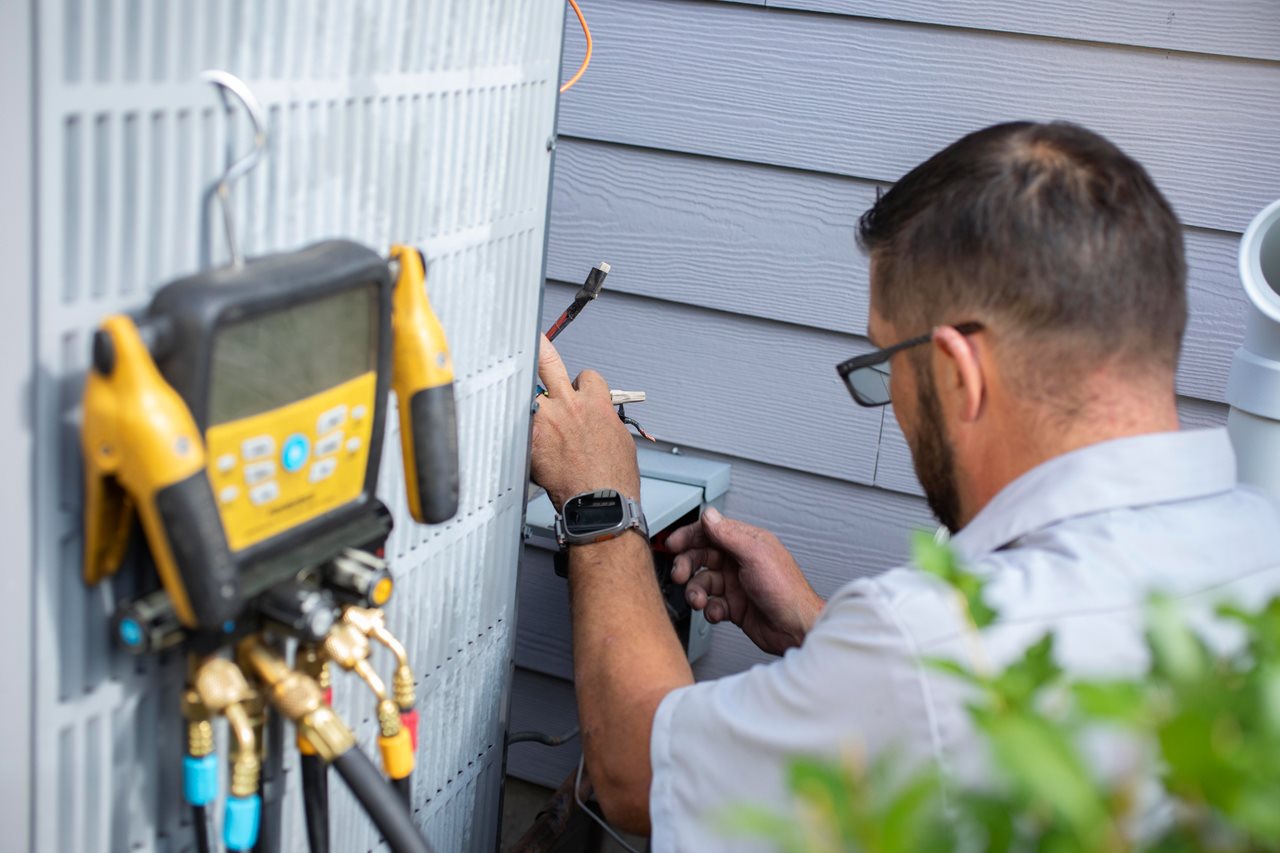2024-10-16T11:01:01
(BPT) – Kathy was only in her sixties when she was diagnosed with low-grade upper tract urothelial cancer (LG-UTUC). It came as a complete surprise given she was young, exercised every day, ate right, and did everything else she could to keep herself healthy.
Cancer came calling anyway, and a rare form at that. Most patients who are diagnosed with urothelial cancers develop tumors in the lower tract, with only 5% to 10% having tumors in the upper tract,1 like Kathy’s. And none of the existing treatment options for LG-UTUC were appealing to Kathy or her family.
Treatment meant either removing her kidney and ureter, the tube connecting the kidney to the bladder, or having a cystoscopy to remove the tumors, along with ongoing tests and scans after the procedure to monitor for a recurrence. After discussing it with her husband, Kathy chose to keep her kidney and endure those procedures. But it wasn’t a durable solution.
“We agreed to keep going back in to check for recurrences,” said Stephen Bennett, MD, the Urology Group in Cincinnati, Ohio, Kathy’s doctor. “The next six or seven times we went back in after a procedure, there was a recurrence. Every single time.”
The cycle of removing the tumors, recurrence, followed by another painful procedure to remove those tumors, went on for years. But Dr. Bennett knew JELMYTO® (mitomycin) for pyelocalyceal solution, a drug not yet approved by the FDA at that time, could potentially be another treatment option for low-grade upper tract urothelial cancer that could benefit Kathy. He encouraged Kathy to continue her current treatment plan and wait a little longer before removing the kidney, in hopes the drug’s approval would come soon. And it did!
JELMYTO: A breakthrough in LG-UTUC treatment
That day came. In 2020 JELMYTO became the first FDA-approved therapy treatment for LG-UTUC in adult patients.2 JELMYTO is instilled in a procedure that spares the kidney.
“After JELMYTO was approved, we signed her up,” Dr. Bennett said.
“I didn’t even have to think about it,” Kathy said. “I was going to do it.”
JELMYTO combines mitomycin (chemo) with sterile hydrogel, a proprietary reverse-thermal technology (RTGel®) that allows the medicine to transform from a chilled liquid at instillation into a gel at body temperature. It is injected directly into the kidney via a catheter or a small port, and delivers treatment exactly where it is needed, not where it isn’t. This completes the primary treatment regimen for patients with low-grade UTUC, even those with endoscopically unreachable tumors, because it delivers chemoblative therapy directly to the upper tract.
JELMYTO stays in a kidney for four to six hours, fighting the tumors. Then, it slowly starts to liquify and naturally leaves your body when you urinate.
A clinical study called OLYMPUS followed adults who were in different stages of their journey with low-grade UTUC. Some were newly diagnosed, and over half had been treated for low-grade UTUC in the past. Some had very hard-to-reach tumors that could not be removed with endoscopic management. The findings showed that three months following initiation of treatment, 58% of participants had their tumors disappear after a once-a-week for six weeks treatment plan with JELMYTO.3 The most common side effects observed in OLYMPUS included urinary tract infection, blood in your urine, side pain, nausea, trouble with urination, kidney problems, vomiting, tiredness, stomach (abdomen) pain.
She received JELYMTO once a week for six weeks in an outpatient procedure. The results surprised even her doctor.
“After Kathy’s six rounds of treatment we waited six to eight weeks and we did the same cystoscopy and ureteroscopy that we had done many times before,” said Dr. Bennett. Fortunately, in Kathy’s case, Dr. Bennett saw no evidence of recurrence.
Six months later, Kathy went back to Dr. Bennett for a follow-up. No recurrence. Six months after that, still clear.
“It has changed my life as far as doing more things with the family,” Kathy said. “I’m looking forward to seeing my grandchildren grow up, enjoying life. It is a weight off of everybody’s mind. So that was the best part.” This treatment option had a positive impact on her life. To see more of Kathy’s story, visit: https://www.jelmyto.com/hcp/resources/video-library/.
Others with similar stories of frequent recurrence who do not wish to remove their kidney should consult their doctor about all their treatment options, including JELMYTO. For more information about JELMYTO, including access to a dedicated team of support throughout the coordination process, visit https://www.jelmyto.com/patient/ and talk to your doctor.
APPROVED USE FOR JELMYTO
JELMYTO® is a prescription medicine used to treat adults with a type of cancer of the lining of the upper urinary tract including the kidney called low-grade Upper Tract Urothelial Cancer (LG-UTUC).
IMPORTANT SAFETY INFORMATION
You should not receive JELMYTO if you have a hole or tear (perforation) of your bladder or upper urinary tract.
Before receiving JELMYTO, tell your healthcare provider about all your medical conditions, including if you:
- are pregnant or plan to become pregnant. JELMYTO can harm your unborn baby. You should not become pregnant during treatment with JELMYTO. Tell your healthcare provider right away if you become pregnant or think you may be pregnant during treatment with JELMYTO. Females who are able to become pregnant: You should use effective birth control (contraception) during treatment with JELMYTO and for 6 months after the last dose. Males being treated with JELMYTO: If you have a female partner who is able to become pregnant, you should use effective birth control (contraception) during treatment with JELMYTO and for 3 months after the last dose.
- are breastfeeding or plan to breastfeed. It is not known if JELMYTO passes into your breast milk. Do not breastfeed during treatment with JELMYTO and for 1 week after the last dose.
- Tell your healthcare provider if you take water pills (diuretic).
How will I receive JELMYTO?
- Your healthcare provider will tell you to take a medicine called sodium bicarbonate before each JELMYTO treatment.
- You will receive your JELMYTO dose from your healthcare provider 1 time a week for 6 weeks. It is important that you receive all 6 doses of JELMYTO according to your healthcare provider’s instructions. If you miss any appointments, call your healthcare provider as soon as possible to reschedule your appointment. Your healthcare provider may recommend up to an additional 11 monthly doses.
- JELMYTO is given to your kidney through a tube called a catheter.
- During treatment with JELMYTO, your healthcare provider may tell you to take additional medicines or change how you take your current medicines.
After receiving JELMYTO:
- JELMYTO may cause your urine color to change to a violet to blue color. Avoid contact between your skin and urine for at least 6 hours.
- To urinate, males and females should sit on a toilet and flush the toilet several times after you use it. After going to the bathroom, wash your hands, your inner thighs, and genital area well with soap and water.
- Clothing that comes in contact with urine should be washed right away and washed separately from other clothing.
JELMYTO may cause serious side effects, including:
- Swelling and narrowing of the tube that carries urine from the kidney to the bladder (ureteric obstruction). If you develop swelling and narrowing, and to protect your kidney from damage, your healthcare provider may recommend the placement of a small plastic tube (stent) in the ureter to help the kidney drain. Tell your healthcare provider right away if you develop side pain or fever during treatment with JELMYTO.
- Bone marrow problems. JELMYTO can affect your bone marrow and can cause a decrease in your white blood cell, red blood cell, and platelet counts. Your healthcare provider will do blood tests prior to each treatment to check your blood cell counts during treatment with JELMYTO. Your healthcare provider may need to temporarily or permanently stop JELMYTO if you develop bone marrow problems during treatment with JELMYTO.
- The most common side effects of JELMYTO include: urinary tract infection, blood in your urine, side pain, nausea, trouble with urination, kidney problems, vomiting, tiredness, stomach (abdomen) pain.
You are encouraged to report negative side effects of prescription drugs to the FDA. Visit www.fda.gov/medwatch or call 1-800-FDA-1088. You may also report side effects to UroGen Pharma at 1-855-987-6436.
Please visit www.jelmyto.com and see JELMYTO Full Prescribing Information, including the Patient Information, for additional information.
1 Evmorfopoulos K, Mitrakas L, Karathanasis A, Zachos I, Tzortzis V, Vlachostergios PJ. Upper Tract Urothelial Carcinoma: A Rare Malignancy with Distinct Immuno-Genomic Features in the Era of Precision-Based Therapies. Biomedicines. 2023 Jun 21;11(7):1775.
2 Commissioner, Office of the. “FDA Approves First Therapy for Treatment of Low-Grade Upper Tract Urothelial Cancer.” U.S. Food and Drug Administration, 14 Apr. 2020, www.fda.gov/news-events/press-announcements/fda-approves-first-therapy-treatment-low-grade-upper-tract-urothelial-cancer.
3 JELMYTO [package insert]. Princeton, NJ: UroGen Pharma, Inc.; 2022.
US-JEL-00927 09/24




